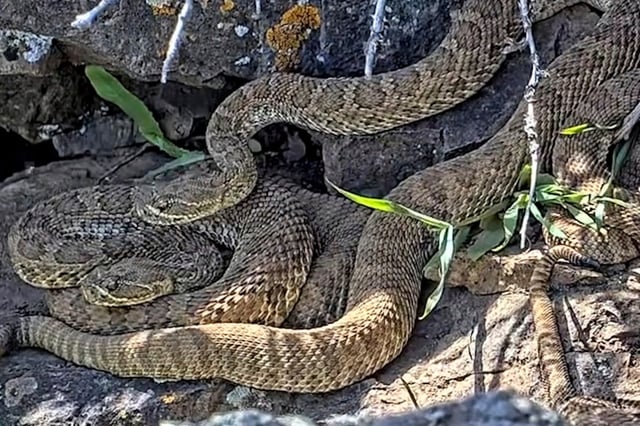Overview
- Most rattlesnake bites in Colorado occur between May and October when warmer weather drives snakes out of hibernation.
- About half of snake bites happen when people try to handle or move snakes, making those incidents largely preventable.
- A 2018 study by CU Boulder and Stanford University found that wetter weather boosts rodent numbers and leads to more snake-human encounters.
- Rattlesnake venom disrupts blood clotting, causing rapid swelling, intense pain and the risk of muscle tissue death without prompt care.
- Medical toxicologists warn that snake-bite kits can worsen injuries and advise using a cellphone to call for help and reaching an emergency department quickly.

